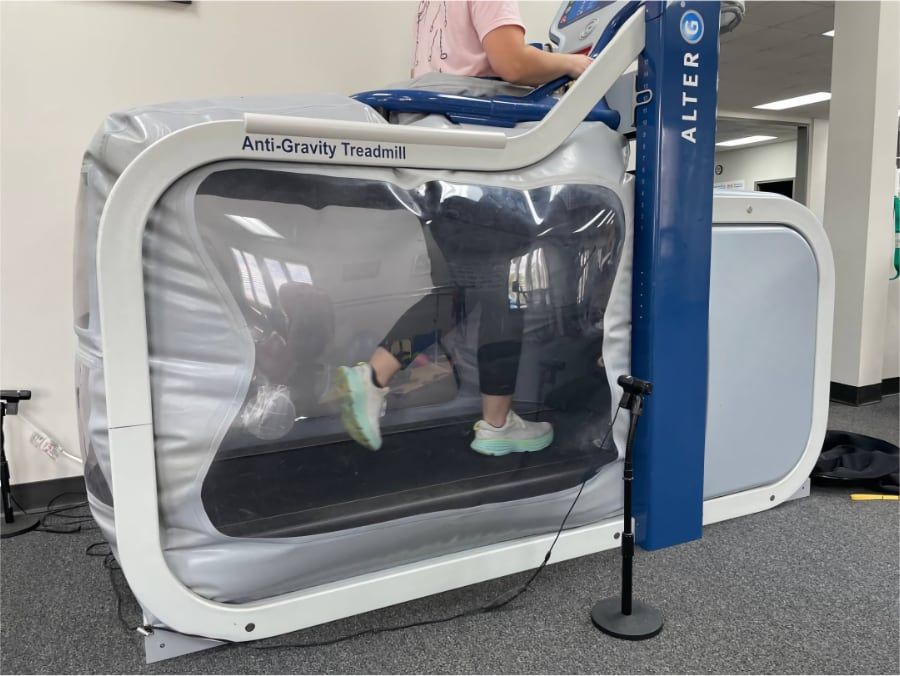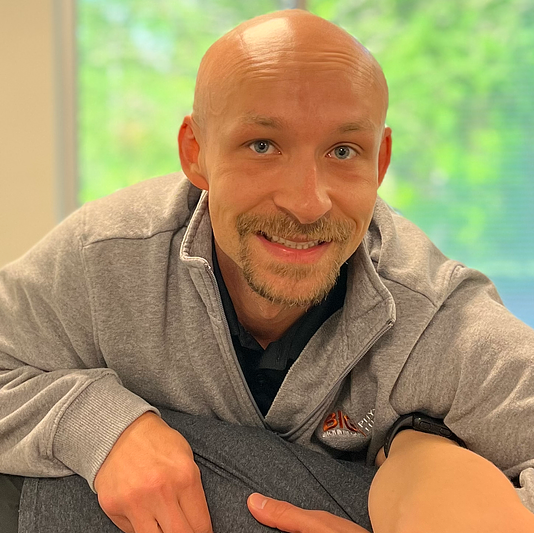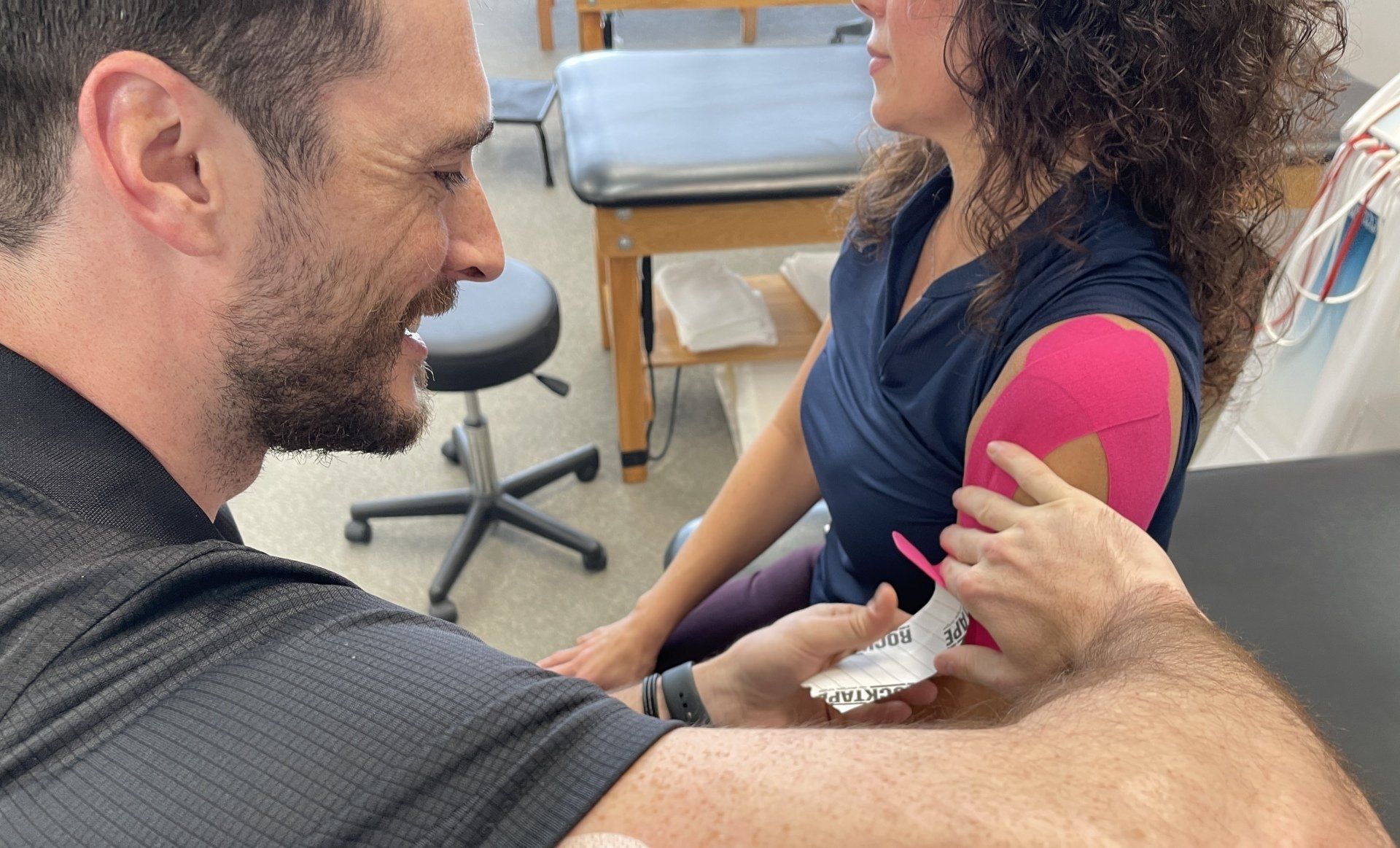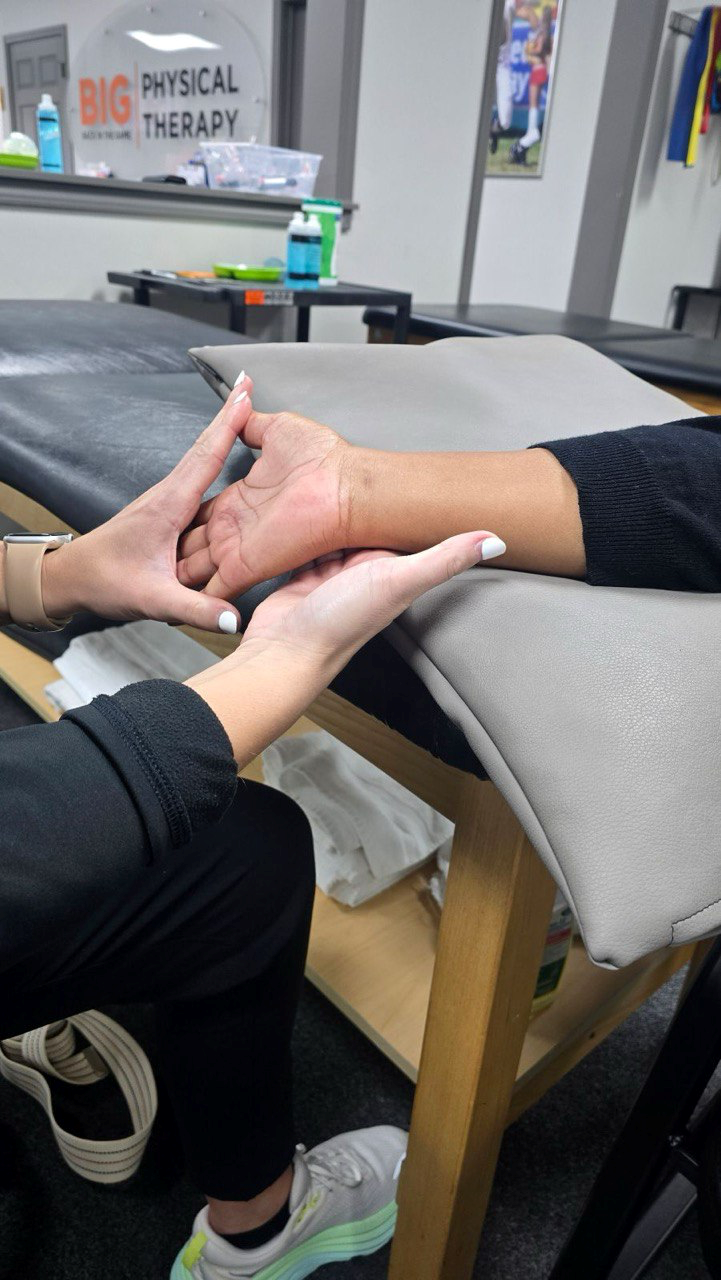Physical Therapy Services
Where Does It Hurt?
Who We Are
Resources
Why is Physical Therapy After Surgery Important?
Surgery is a big deal. Any surgical procedure, especially surgery that involves the musculoskeletal system, can leave patients weak, immobilized, and in pain. Most patients undergo surgery in hopes of feeling better quickly, of course, so a lengthy recovery can be frustrating. Doing physical therapy after surgery is one of the best ways to optimize the results of a surgical procedure and speed healing. Physical therapy after surgery may even help patients learn new ways to care for themselves.
Research shows that postoperative physical therapy should be started as soon as possible after surgery to speed up and enhance recovery.
Benefits of Physical Therapy After Surgery
Improved mobility, strength, and balance
Surgery can limit mobility in the surgical area or body part by causing muscle or tissue tightness, swelling, spasms, and decreased range of motion. Physical therapy in the form of therapeutic movements, strengthening exercises, and advanced treatments can help patients regain mobility. Therapy can also strengthen muscles in the patient’s back, pelvis, and core to improve balance and increase stability, which is especially helpful during recovery from knee or hip replacement.
Decreased pain and swelling
Postoperative swelling is a normal part of the healing process. Immediately after an injury or surgery, inflammation triggers the release of many substances that fight off infection, removes debris, and initiates the healing process. The swollen tissue can press against nerves, however, to cause pain; this is especially true of chronic inflammation that persists weeks or months after surgery. Reducing inflammation improves mobility, promotes healing to reduce overall pain, and decreases the risk that surgical inflammation and swelling will become chronic.
Reduces scar tissue formation and other secondary issues
Scars are also part of the natural healing process, but excess scar tissue can decrease mobility and function for months after a surgery. Physical therapy can help break up scar tissue, as well as reducing the risk for infection, blood clots, and other complications of surgery.
Improves flexibility
Inactivity can weaken muscles, and weak muscles are prone to stiffness and further injury. Stiff muscles and joints can interfere with everyday activities, such as reaching overhead, climbing stairs, and rising from a seated position. Physical therapy that includes gentle stretching exercises can help vulnerable muscles remain limber.

Physical Therapy Helps the Healing Process
Physical therapy helps the healing process in several ways, including:
- Improving mobility, flexibility, and balance
- Decreasing pain
- Strengthening muscles
- Reducing scar tissue, infections, and other postoperative complications
Each of these increases healing and speeds recovery, so patients get back on their feet and back in the game faster.
Don’t Be Afraid of Physical Therapy
Many patients avoid physical therapy because they think the treatments and exercises are painful. Others are reluctant because they fear a setback. Fortunately, advances in physical therapy techniques and equipment have made therapy much more comfortable – and physical therapy actually reduces your risk for a setback. In fact, physical therapy can help you feel less pain and experience better balance and flexibility after your surgery faster.
For more information on physical therapy, consult with BIG. We’ll help you get back in the game quickly after your surgery.
About the Author
Ben Braza
Clinic Director in Suwanee
Specialities: Post-operative surgical rehab, sports injuries, shoulder, cervical and lumbar pain, dry needling, manual joint manipulations and functional movement
Certifications: Titleist Performance Institute for medical professionals (TPI), and FMS (functional movement screen) certified
Location(s): Suwanee, GA
Contact
Request an appointment






